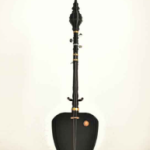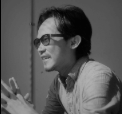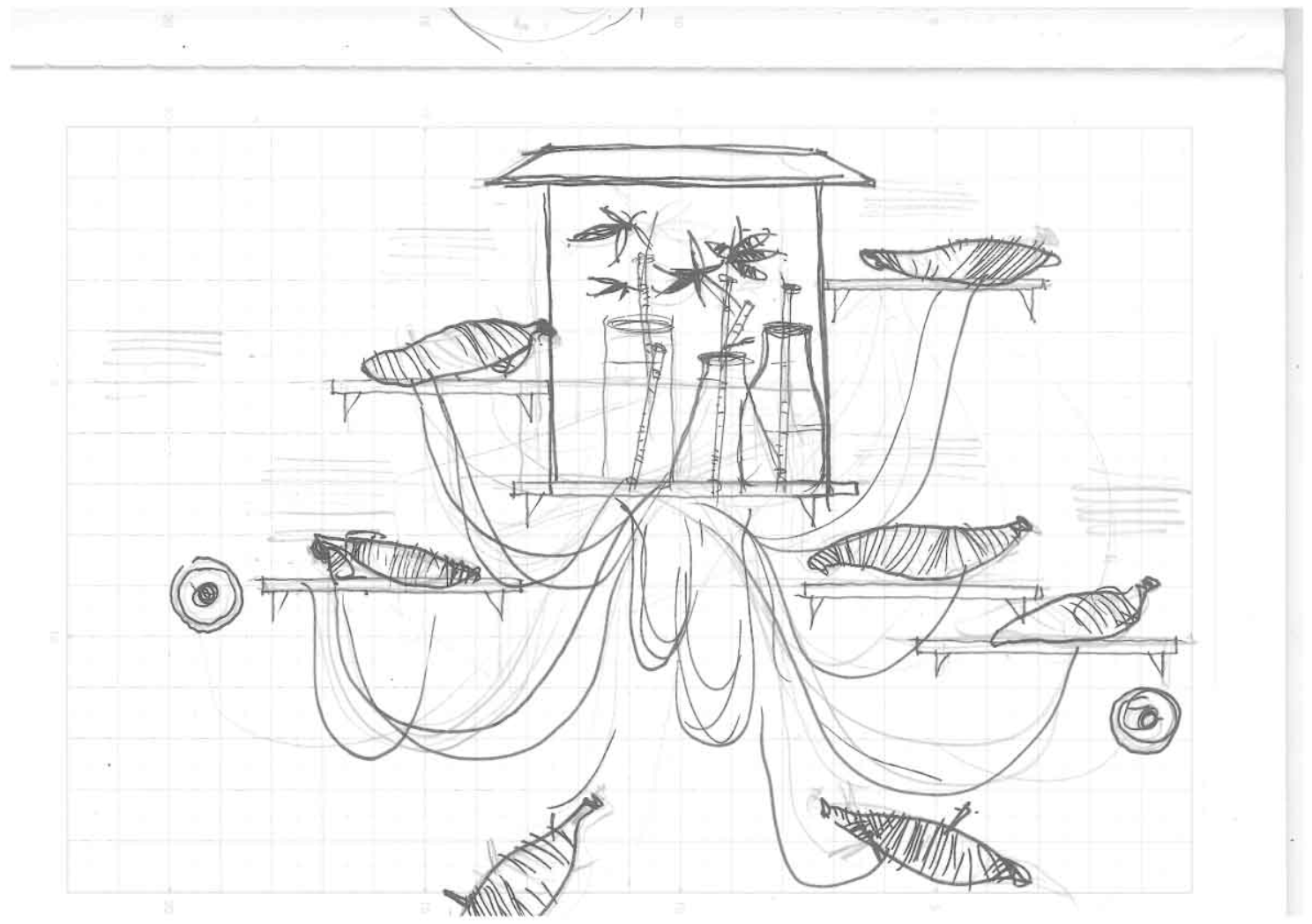
Nada Bumi: 3-D printed Malay Rebab

Nada Bumi: 3-D printed Malay Rebab
Operasi Cassava – Reconsidering Cassava’s Agency through Human-plant Interaction
Dr. Lim Kok Yoong (MMU)

Operasi Cassava is a research project that examines memories produced by intersubjective relationship between human and plants, specifically the root vegetable cassava. Cassava or Ubi Kayu in Malay language, is a very common and inconspicuous plant but once served as a major source of carbohydrates for the nation during the Japanese occupation in Malaysia (then Malaya) during WWII. Cassava plant originates from South America and it was brought into South East Asia by the Portugese and Spanish traders. After so many decades, this foreign crops have been localized and assimilated into the local food culture hence its rich cultural history. Throughout human culture, plants play a significant role; they reflect "special meanings and memories of other people, locations and times".1 Plants, in fact, constitute certain social practices and customs and the ethics of a place. They have profoundly affected the very development of human society throughout the history of humanity. However, plants' agency and their specific intelligences have yet to completely factor in the study of social practice and
1 William L. Bale, Clark L. Erickson. 2006. Time and Complexity in Historical Ecology: Studies in the Neotropical Lowlands. Columbia University Press, New Yo
knowledge production. The premise for this project is based on the speculation that human memory is shaped by the plurality of subject’s embodied experience in which non-human species quintessentially influence some aspects of the corresponding corporeality. With this proposition, the project focuses on cassava by initially probing the eminence it holds in the collective memory of the Malaysian society regarding the Japanese Occupation in Malaya.
Ironically, historian and biologist were critical of attempts to indoctrinate society in an anthropocentric and zoocentric assumption – plant cannot bear agency because they do not have brain. As an attempt to demonstrate the social and cultural significance of Cassava or ‘Ubi Kayu’, the plant was cybernetically anthropomorphized into an entity that is capable of curating its memories and history together to human agent. This renewed conceptualization of plants in Operasi Cassava as an autopoietic and agentic beings form the conceptual basis for the further consideration and exploration of this interdisciplinary framework. This is done by inferring memories through digital aesthetics, or in other words with the creation of an online archive that enables storage and access of still images, video, sounds, interviews and texts that echoes the consumption (or domestication) of cassava during from the occupation to date. As an aesthetic display in the context of museum or gallery, the installation involves a farming cabinet consists of live cassava plant specimen, UV light, project of cultural data mined from the online database: text, visual and sound, all contained in a cabinet of curiosity. The digital projection is considered as an artistic representation of plant’s vitality state. The electrical potential differences were captured through wires connected to the roots of plants and the hardware interface. Due to the unique networked structure of the installation, audience were allowed to become the driving force of livelihood of the cassava plant - Audience can contribute to the archive and by tweeting messages or submitting their stories related to ‘ubi kayu’ to the digital repository at opscassava.com and by doing so they activate the UV light and water dispenser necessary for the plant’s growth. The aesthetic of database operates as a handy concordance between sense data of cassava and lived experience of the subjects whereby conveying that memories are not simply dependent upon a notion of human sovereignty but upon relations with the other entities in the world. Crucially here memories indicate inter-subjectivity as a causal explanatory concept that denote plants having equal agency as human experience through processes of material interaction, transformation, consumption and decay. This experiment with plant is speculating the possibility of plants being conscious of human being, having the ability to adapt to our actions and its internal responses or ryhthms can be externalized before our eyes. More progressively, audience might be involved in open questions concerned by this experiment, such as, from an ecological point of view, the interaction between human and nature; reflections on the frontier of art and science; issues of embodiment and disembodiment; points of view about cybernetic art. Most important, the necessary exhibition presents a metaphor that demonstrates the perception of the cultural and temporal dimension of cultural identity vis-à-vis organic matter.
Operasi Cassava started as an investigation of the concept of life, death, body and memory. It has then taken on several versions, involving researchers and academics from various disciplines ranging from crop scientist, engineers, information architect, cultural activist and artists. The project has also expanded into several avenues of experimental research with technology to excavate aspects of inter-subjectivity between humans and plants resulting in various installation works, digital artefacts, research papers and publications. This study of plant's agency through human-plant interaction offers a way forward for contemporary perceptions of plants that is contributing to the co-generation of our cultural practices, values and perceptions. If we were to engage in a long-term investigation about human-plant interaction, it would be helpful in understanding human-plant relationship and human history.


